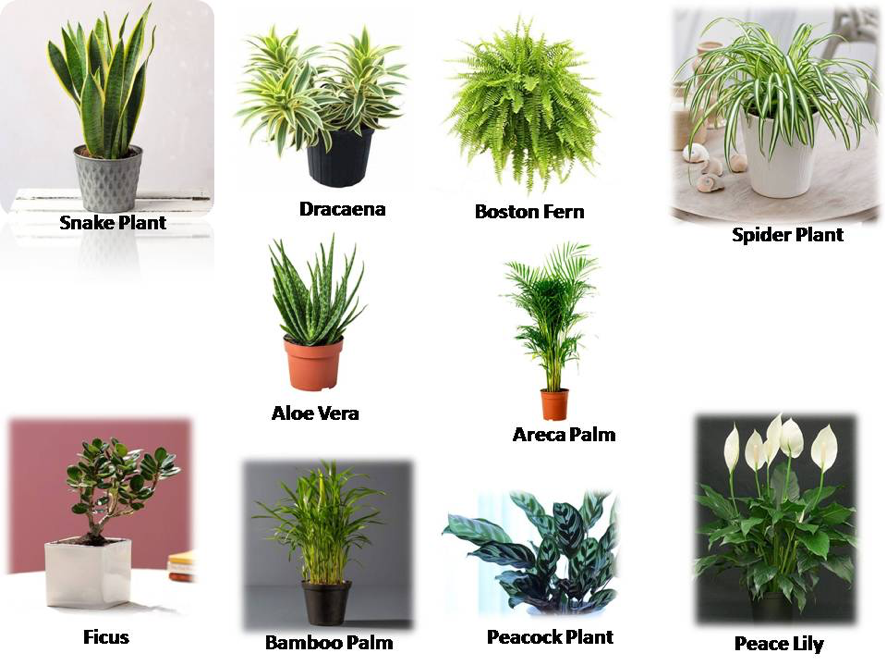How does pollution affect an individual’s reproductive life?
Infertility
Problem
Although there are no particularly believed researches to find out the relationship between air pollution and fertility, research has revealed a link between the drop in activity of women’s ovaries and air pollution.
Findings
The findings were based on information collected through women’s AMH levels. Anti-Müllerian hormone (AMH) is a hormone produced by reproductive tissues, including the testicles in males and the ovaries in females. The level of AMH in the blood can help doctors estimate the number of follicles inside the ovaries, and therefore, the woman’s egg count. A typical AMH level for a fertile woman is 1.0–4.0 ng/ml; under 1.0 ng/ml is considered low and indicative of a diminished ovarian reserve.
Effects on men & women
The study found that women living amid the worst pollution were two to three times more likely to have AMH levels below 1ng/ml – a level that signifies a severely low ovarian reserve. This means having high levels of AMH may give women a longer reproductive lifespan, especially for those undergoing IVF. Because having a high AMH will result in a higher number of eggs after ovulatory stimulation which may turn into a higher number of embryos.
In another study, it was found out that men who breathe more pollution have a higher concentration of free radicals in their blood which may lead to lower sperm quality.
Effects on pregnancy
The quality of air not only affects fertility, but it can also affect a baby’s growth in the womb. Exposure to high levels of ozone and other harmful gases during pregnancy may contribute to a lower birth rate. Whereas sulfur dioxide is believed to cause premature birth rate.
Solution
Carry a mask while going out in order to prevent the harmful particles from the air to enter your body.
Another inexpensive and healthy way is to bring home some fresh, green air purifying plants which certainly helps in the absorption of carbon-di-oxide, VOC (Volatile Organic Compounds) and releases oxygen. None of the purifying plants absorbs the specks of dust completely, but to an extent, it does provide a good amount of oxygenation and improves the livelihood.
-
Snake Plant:
This low maintenance houseplant is commonly called as “Mother-in-law’s tongue or Viper’s bowstring hemp, which is an effective air purifier; cleanses the air and filters toxins such as benzene, xylene, trichloroethylene & formaldehyde. This is ideal for the bedroom as it absorbs carbon-di-oxide at night and effective against allergies.
-
Spider Plant
It removes 95% of toxic elements, PM, ozone, CO2, formaldehyde, xylene, toluene & nitrogen-di-oxide effectively, adapt to varying climatic conditions and safe for pets. Has a proven record of speedy recovery in patients suffering from pain, anxiety, fatigue and low systolic blood pressure. As the transpiration rate is high, spider plants increase humidity, which in turn decreases the risk of air-borne diseases such as cold, cough, flu, sore throat, etc.
-
Dracaena
An effective purifier that absorbs 87% of the VOC including lead (Pb) every 24 hours. Removes airborne contaminants, makes breathing easier; releases 97% of the water and hence very effective in humidity control. This increases concentration, sharpens focus, improves the mood, brings relaxation, calm, peace and harmony in the environment.
-
Peace lily
Removes Ammonia, benzene, formaldehyde & trichloroethylene; blooms beautifully in summer and easy to grow.
Ficus/ Weeping Fig, Areca Palm, Boston Fern, Peacock plant, Bamboo palm, Aloe Vera, English Ivy are other purifying plants that hit the list.

In the kitchen, frying, roasting and all other types of fumes emit inhalable vapors and a good amount of aerosols. The LPG combustion also fuels particulate matter, pollutants like organic compounds, carbon monoxide, nitrogen oxides, and sulfur-di-oxide in parts, which eventually enters into the body of women, alters the defensive mechanism and disturbs the stress levels, fatigue, anxiety which has a direct impact on the reproductive system too. Nevertheless, the household chores are inevitable; hence, it is advisable to keep indoor purifying plants mainly in the kitchen to tackle the toxin levels.
Author

Anitha S.
Founder – Green Health Studio
Yoga Trainer, Blogger & Content Writer.






Your Comment Is Valuable For Us
Thanks For Your Feedback.